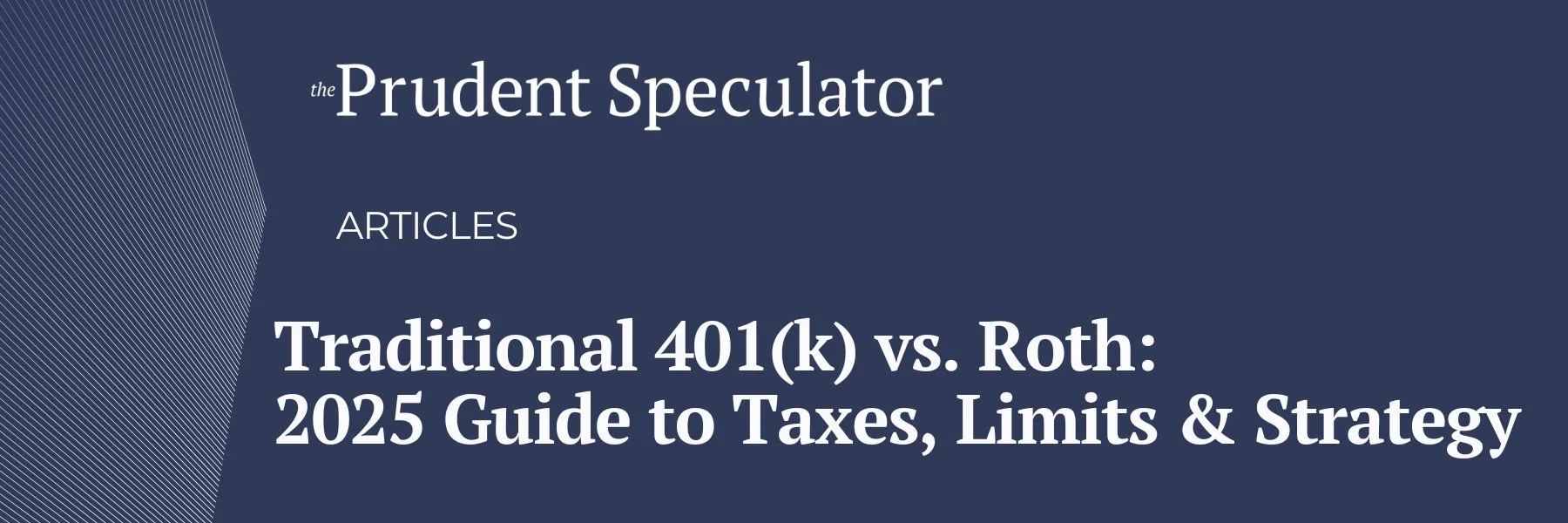This Bull Market had its second birthday on October 12 a
d investors might be wondering if it might be too late to invest in a Bull Mar
When it comes to stock investing, two popular strategies stand out: Deep Value Investing and Growth at a Reasonable Price (GARP) investing. Each offers distinct paths for those aiming grow their wealth, but they target different opportunities within the market.
Deep Value Investing: Unearthing Hidden Potential
Deep Value Investing focuses on stocks trading significantly below their intrinsic value, often due to temporary setbacks, market overreactions, or cyclical industry downturns. This method is akin to treasure hunting: it requires patience, rigorous analysis, and a willingness to go where others may not. The goal? Find severely undervalued companies poised for future gains once the market corrects its mispricing.
One of Deep Value’s cornerstones is the “margin of safety,” a concept popularized by investing legend Benjamin Graham. The margin of safety represents the gap between a stock’s purchase price and its intrinsic value, offering a buffer that mitigates risks from unforeseen events or errors in judgment. At The Prudent Speculator, we believe this buffer enables investors to sleep soundly, knowing the potential downside is minimized while waiting for the market to recognize the stock’s true worth.
However, Deep Value isn’t without its challenges. The biggest risk lies in value traps—stocks that appear cheap but lack real recovery prospects. Rigorous due diligence and a keen eye for business fundamentals are essential to avoid these traps and to differentiate undervalued gems from those likely to remain stagnant.
GARP Investing: Striking a Balance Between Value and Growth
In contrast, GARP Investing, or “Growth at a Reasonable Price,” blends value investing with the pursuit of growth, targeting companies with solid, sustainable growth prospects without excessive valuation. GARP investors look for “compounders,” companies that generate high returns on invested capital (ROIC) and can reinvest profits to fuel future growth. This approach is about finding well-priced growth stocks that can compound returns over time.
Key GARP attributes might include consistent earnings growth, high ROIC, strong management teams, and, importantly, a reasonable valuation. Unlike pure growth investing, GARP seeks to avoid overpaying for potential, recognizing that even the best companies can be poor investments at excessive valuations. Metrics like ROIC, the PEG ratio, and free cash flow yield help GARP investors assess fair value.
Comparing Deep Value and GARP: Diverging Paths to Wealth Creation
Deep Value and GARP share a foundation in value, but their approaches differ. Deep Value targets potentially distressed or overlooked assets with significant upside potential once the market corrects its mispricing, while GARP seeks pay a fair or “reasonable” price relative to a company’s growth or return on invested capital (ROIC) profile. Both demand patience, discipline, and a thorough understanding of fundamentals.
For investors, the choice between Deep Value and GARP often comes down to personality, risk tolerance and/or investment goals. At ThePrudentSpeculator.com, we believe both strategies contain elements of Value investing, offering two sides of a similar coin to to grow wealth—each requiring resilience, analysis, and a focus on the fundamentals.
Kovitz Investment Group Partners, LLC (“Kovitz”) is an investment adviser registered with the Securities and Exchange Commission. This report should only be considered as a tool in any investment decision and should not be used by itself to make investment decisions. Opinions expressed are only our current opinions or our opinions on the posting date. Any graphs, data, or information in this publication are considered reliably sourced, but no representation is made that it is accurate or complete and should not be relied upon as such. This information is subject to change without notice at any time, based on market and other conditions. Past performance is not indicative of future results, which may vary.




